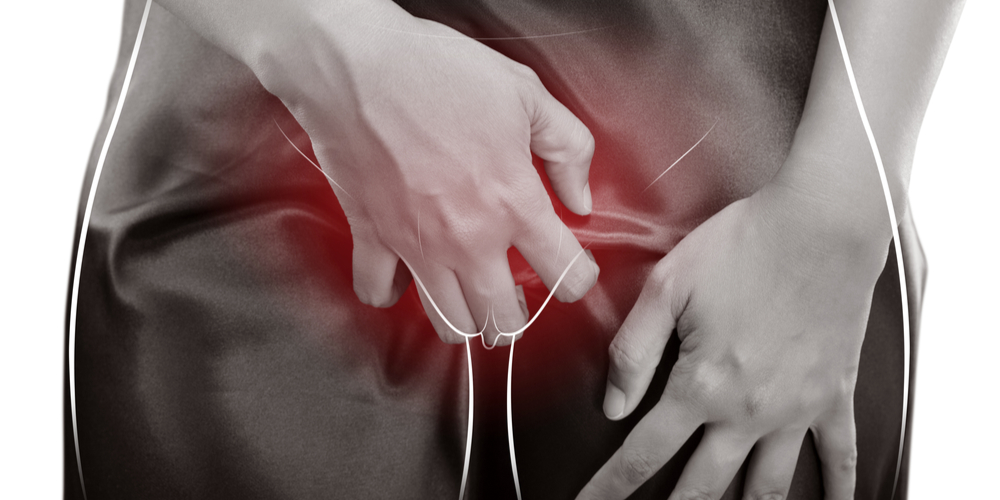Crab Louse

The pubic or crab louse, colloquially termed “crabs”, (Pthirus pubis, commonly misspelt Phthirus pubis) is a parasitic insect species notorious for infesting human genitals. The species may also live on other areas with hair, including the eyelashes. They feed exclusively on blood. Humans are the only known host of this parasite.
Treatment
Crab lice can be treated with Permethrin 1% cream rinse and pyrethrins. They can be used for this purpose and are the drugs of choice for pregnant or lactating women.
These agents should be applied to the affected areas and washed off after 10 minutes. Shaving off or grooming any hair in the affected areas with a fine-toothed comb is not necessary to ensure full removal of the dead lice and nits. Resistance of pubic lice to pyrethroids must be, if at all, very rare.
A second treatment after 10 days is recommended. It is also crucial to make sure that all the bed sheets are changed. The sheets used before the first application of the treatment must be put away in a plastic bag, without air and well shut.
It should be left alone for 15 days before washing to avoid the reproduction and survival of lice eggs that may have been left on the sheets and lead to reinfestation.
Pubic lice on the eyelashes can be treated with a permethrin formulation by applying the solution to the infested hair with an applicator. It is dangerous to remove lice or eggs in the eyelashes by plucking or cutting the hairs.
Lindane shampoo (1%), a pediculocide, although banned in more than 50 countries is approved by the U.S. Food and Drug Administration (FDA) as safe and effective when used as directed for the second-line treatment of pubic lice (crabs).
While serious side effects have been reported, they are considered to be rare and have almost always resulted from misuse of medication, such as excessive application and oral ingestion.
To minimize this risk, Lindane medications are now dispensed in small single-use bottles. The Centers for Disease Control and Prevention (CDC) notes that lindane should not be used immediately after a bath or shower, and it should not be used by persons who have extensive dermatitis, women who are pregnant or lactating or children aged under two years.
The FDA similarly warns against use in patients with a history of uncontrolled seizures disorders and premature infants and recommends cautious use in infants, children, the elderly, and individuals with other skin conditions (e.g., atopic dermatitis, psoriasis) and in those who weigh less than 110 lbs (50 kg).